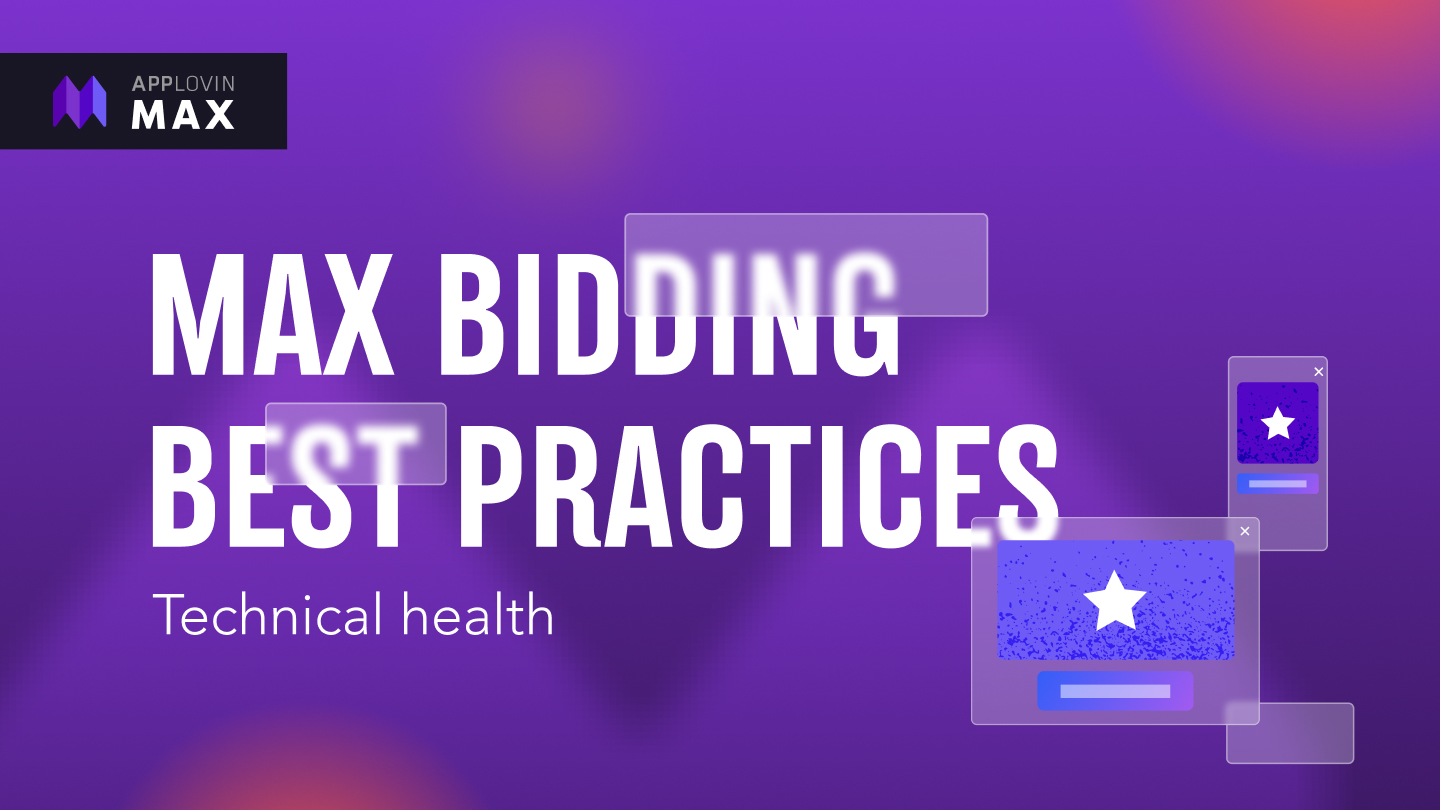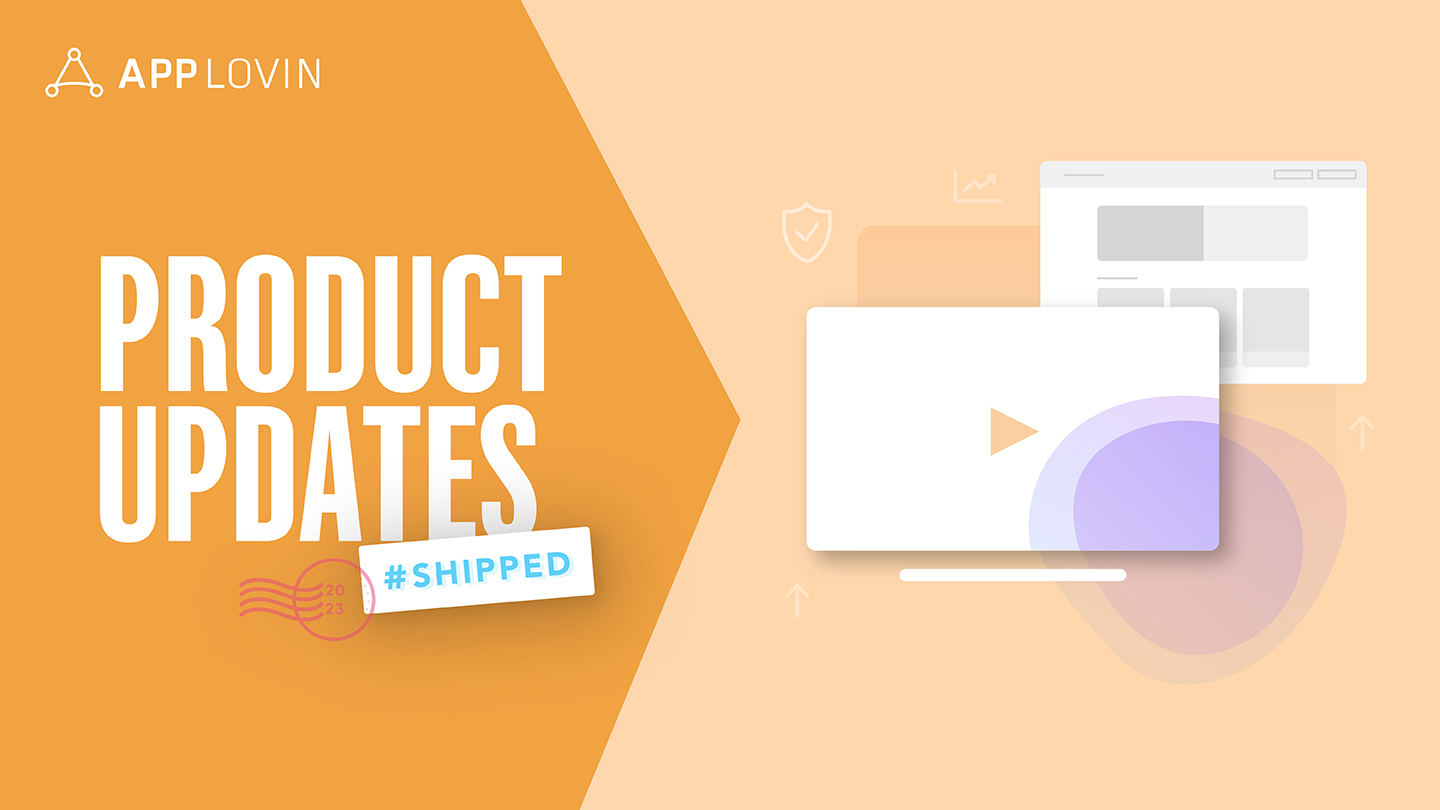As the mobile app industry evolves, mastering the art of programmatic advertising — particularly in-app bidding — becomes essential for developers eager to scale effectively and maximize revenue. An important part of optimization with in-app bidding starts with a solid technical foundation by ensuring your bidding integration follows the guidance of your SSP and networks. Work with partners like MAX, which has powerful reporting capabilities and developer tools, to understand performance and remove blockers limiting scale. In this article, we’ll explore the best practices for bolstering your app’s technical health, leveraging analytics, and optimizing your ad stack within AppLovin’s MAX platform. Each section will equip you with insights to ensure your app is prepped for in-app bidding and ready to become a well-oiled revenue-generating machine.
1. Maximize impression opportunities
Latency, or the time it takes for an ad to load on an app, can be a deal maker or breaker for monetization and user experience. Here’s some really good news: Bidding naturally optimizes monetization performance and reduces latency because partners are bidding in real-time in a unified auction instead of sequentially going through a waterfall. Because of this, ads are served in a fraction of the time, creating more impression opportunities for publishers to monetize.
It’s important to keep a clean, healthy integration with your mediation provider and your networks to avoid revenue and impression loss. Make sure you’re always updating to the latest SDK and network adapters. Initialization is another important factor in integration health. Some mediated networks may have requirements that you must meet before you can load ads. If you do not allow sufficient time, this might cause something called “no fill” errors. AppLovin recommends that you load ads during the 2–5 second window after you initialize the SDK.
With MAX, you can minimize latency and enhance user interaction with your ads by using tools like our Mediation Debugger.
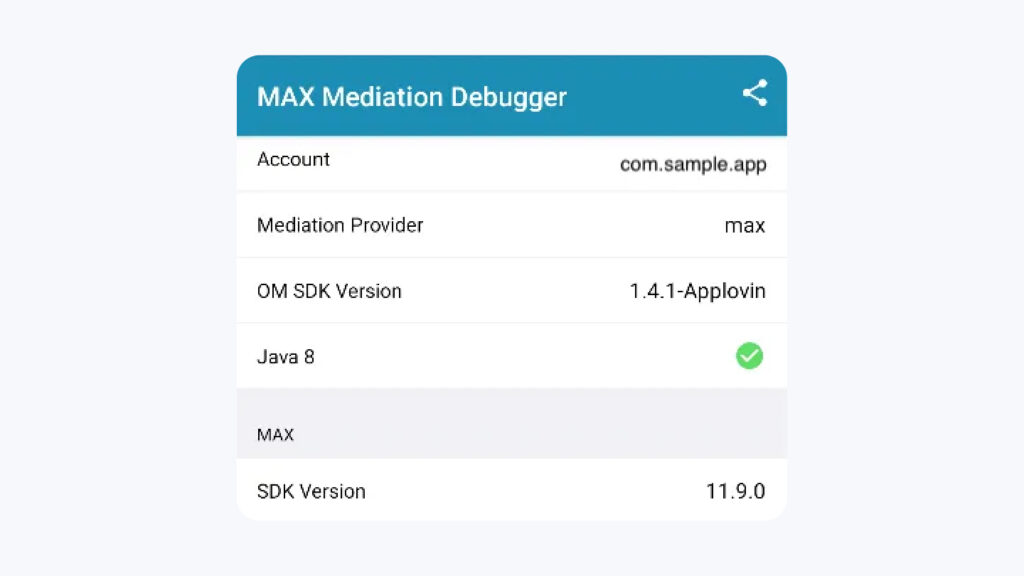
It’s also important to follow the best practices laid out by your networks because they are battle-tested and help you take the guesswork out of your integration. MAX provides a pre-launch checklist to validate your integration before you launch ads in your app. You can find it here.
2. Essential metrics for healthy integration
The technical health of your bidding integration can significantly influence your revenue. As you scale bidding to more networks and ad formats, MAX’s comprehensive suite of reporting tools will also become increasingly important. When monitoring performance, clearing into a payable impression means achieving a high success rate that results in the highest possible yield.
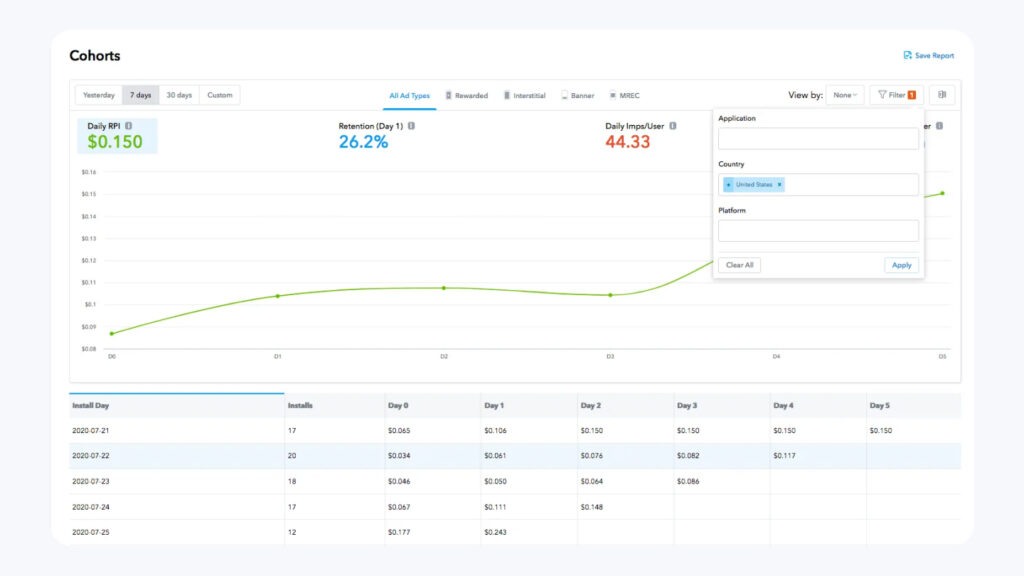
Keep a close eye on Cohorts, User Activity, and Advanced Reporting to track essential metrics like Display Rate, Win Rate, Show Rate, and CPM across various ad formats, which measure a bidder’s ability to successfully load their winning bid into an impression. AppLovin is committed to enhancing these tools, with plans to introduce new reports focused on bidding-specific health and performance metrics this year.
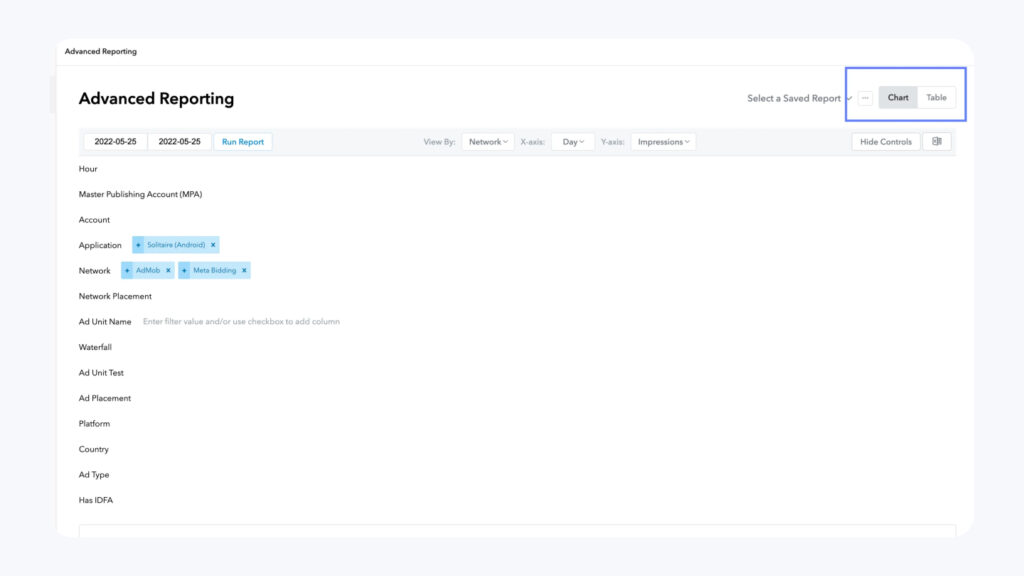
3. Continue to scale bidding
In addition to monitoring metrics around the successful loading and showing of impressions, developers testing new bidders should also prioritize analyzing key performance indicators such as:
- Impressions per Daily Active User (imp/dau) to monitor for latency and ad frequency
- CPM for auction competitiveness
- Average Revenue Per Daily Active User (ARPDAU) for incremental revenue gains
- Retention metrics for a healthy user experience
Depending on the type of app and the existing experience, increased ad frequency might have different implications. On ad formats like interstitials, higher imp/dau at a steady ARPDAU might adversely affect retention, affecting the publisher’s ability to scale sustainable UA. On the other hand, ad formats like banners and rewarded videos (RV) might benefit directly from better IMPDAU if coupled with strong retention and a higher ARPDAU.
It’s important to employ A/B testing when integrating new networks or transitioning networks to bidding within programmatic advertising to evaluate their incrementality and their impact on the overall monetization and growth strategy.
Some publishers may reevaluate their ad frequency decisions to adjust to this low-latency environment based on the user experience they want to create. The key recommendation is to reevaluate previous assumptions on what will drive the best possible outcome, test those assumptions, and modify existing ad experiences or allow new implementations to emerge. This ensures a comprehensive evaluation of their impact on the overall monetization strategy.
4. Grow with MAX and master programmatic advertising
Our MAX platform hosts the most competitive set of auctions with over 15 SDK bidding networks, allowing publishers to drive more revenue that can be reinvested into their app businesses as more networks fully adopt bidding.
So stay tuned, as this is part 1 of a 2-part series about scaling and seeing optimal success through in-app bidding and mastering programmatic advertising with MAX.
Additionally, to learn more about how AppLovin’s MAX solution can transform your app’s monetization strategy, check out our MAX platform today or reach out to your account team for more information.
Check out part 2 of this 2-part blog series, “MAX Bidding: What the shift to in-app bidding means for monetization“



